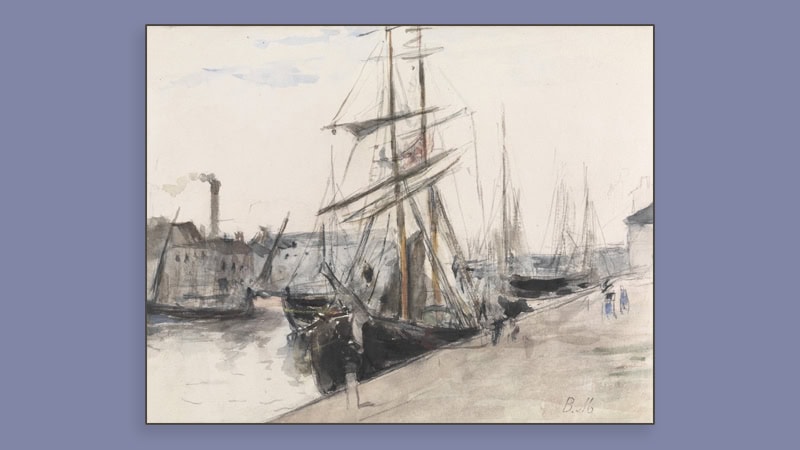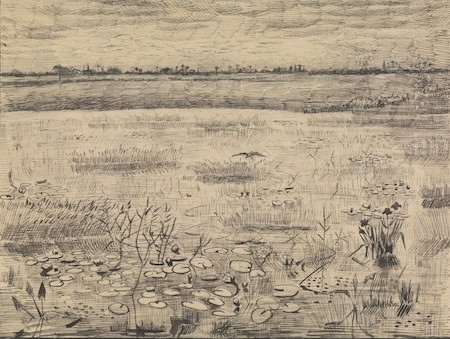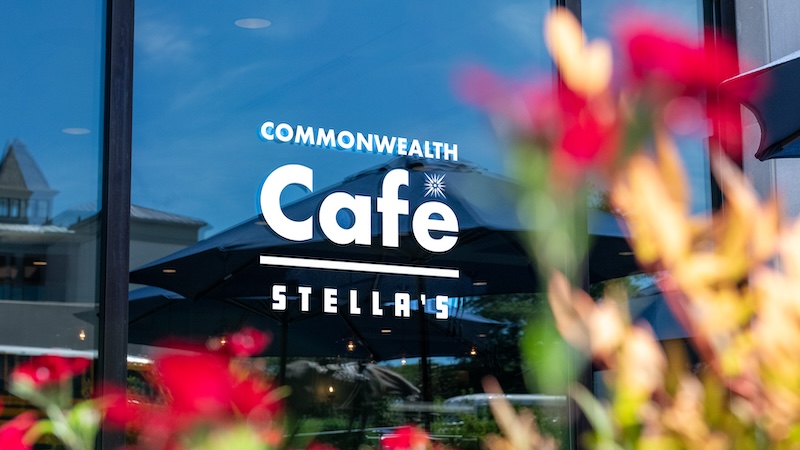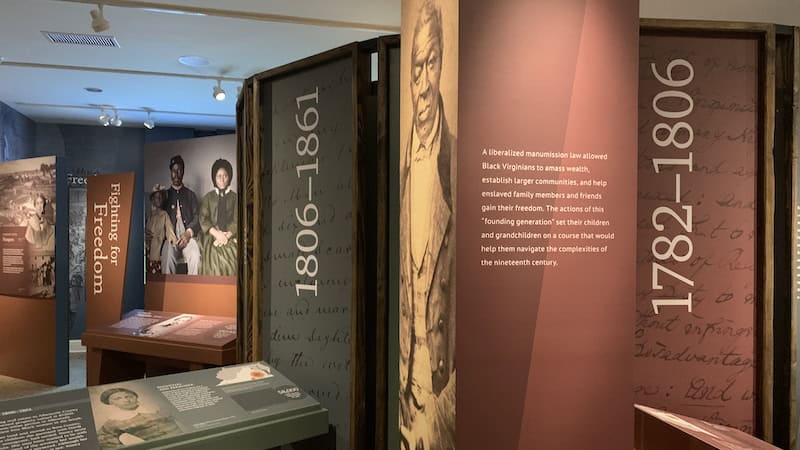‘Experimental Lines,’ Everyday Art at the VMFA
Go for the majors, stay for the minors

The Virginia Museum of Fine Arts offers multiple ongoing exhibitions, all free to the public, in addition to temporary featured exhibitions. Writer Martha Steger takes us through “Experimental Lines,” a year-round free exhibition at the VMFA in Richmond, Virginia.
Seeing a suit of armor worn by an ancient – and young – child, at the Virginia Museum of Fine Arts major “Samurai” exhibition (running through Aug. 4, 2024), made a major impression on me; but from my 21st-century perspective, I yearned for something more basic with which to identify – such as simple graphite lines. I headed for a smaller exhibition from The Collection of Mr. and Mrs. Paul Mellon on the museum’s second floor – “Experimental Lines: Impressionist and Postimpressionist Drawings,” which explores this revolutionary graphic innovation.
The installation lauds the Impressionists – and later the Postimpressionists – for their revolutionary painting techniques; yet these artists were equally groundbreaking in their radical drawing practices. The show begins with early 19th-century works by Jean-Auguste-Dominique Ingres, Jean-Baptiste-Camille Corot, and others who laid the foundation against which the Impressionists reacted. On April 15, 1874, an exhibition by the Anonymous Society of Painters, Sculptors, and Printmakers, opened in Paris. This landmark event became known as the First Impressionist Exhibition and introduced artists such as Edgar Degas and Camille Pissarro to broad audiences.

Drawings by Pierre-Auguste Renoir, Paul Cézanne, Georges Seurat, and their colleagues highlight quintessential Impressionist subjects, including the landscape, modern life, and the racetrack, to consider the ways that artists working in France during the second half of the 19th century used drawing to articulate a new approach to depicting their environment.
Drawing provided an opportunity to push the boundaries of traditional composition and use of color as well as to record ephemeral conditions of the landscape and scenes of modern life – concepts for which their paintings are well known but which would not have been possible without these experiments on paper. In a rarely seen early drawing, Vincent van Gogh used a series of repetitive marks and cross-hatching to suggest the effects of a gentle breeze on the marshy landscape near the Dutch village of Etten. These emotive lines prefigure the expressionism of Van Gogh’s later works.
Incorporating works in graphite, ink, pastel, and watercolor, the drawings in this exhibition range from quick sketches and preparatory images to finished, stand-alone compositions, which all present the innovative role that drawing played in the Impressionist artistic process.
Curated by VMFA’s Theresa A. Cunningham, PhD, assistant curator of European Art and the Mellon Collections, the installation will be on display until Jan. 1, 2025 (the VMFA is the only U. S. art museum open free to the public 365 days a year).
CAPTION OF FEATURE IMAGE, TOP: The Harbor at Cherbourg, 1871 (Le Port de Lorient), 1871, Berthe Morisot (French, 1841–1895), pencil and watercolor. Virginia Museum of Fine Arts, Collection of Mr. and Mrs. Paul Mellon, 2012.66


